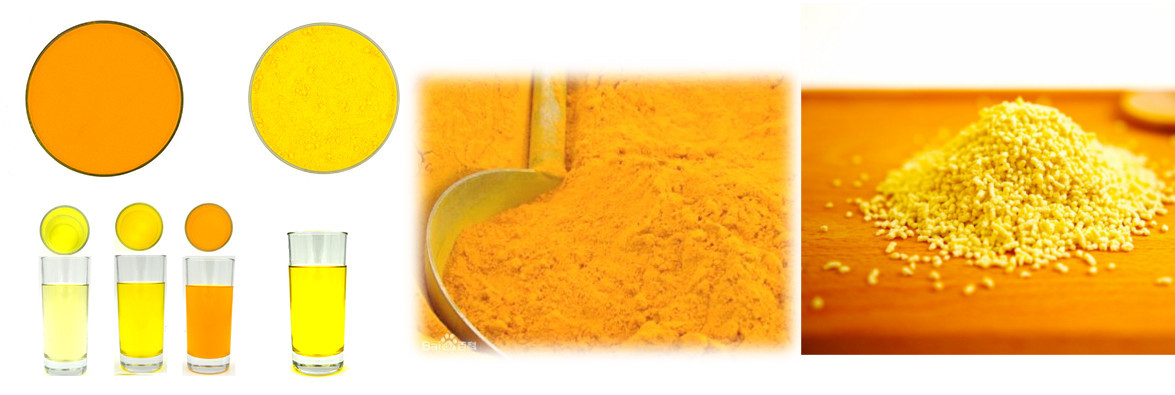Elderberry Color and Turmeric Color: Nature’s Vibrant Pigments
Nature has provided us with an incredible array of colors, many of which come from plants, fruits, and spices. Among these natural colors, elderberry and turmeric stand out for their rich hues and various applications. Elderberry color is known for its deep purplish-blue shade, while turmeric color is famous for its bright golden-yellow hue. Both of these natural pigments have been used for centuries in food, medicine, textiles, and cosmetics. Let’s explore the significance, extraction, and uses of these two fascinating colors.

Elderberry Color: A Deep, Rich Hue
Elderberries are small, dark purple to black berries that come from the Sambucus tree. The rich purplish-blue hue of elderberries is attributed to their high anthocyanin content, a type of flavonoid with powerful antioxidant properties.
Extraction of Elderberry Color
Elderberry color is extracted through a simple process of boiling or macerating the berries in water, sometimes with an acid like lemon juice to enhance the intensity. The resulting liquid is then filtered and can be concentrated into a dye or used as a natural coloring agent.
Uses of Elderberry Color
Food Industry: Elderberry color is widely used as a natural food coloring for juices, jams, wines, and syrups. It is a great alternative to synthetic food dyes.
Textiles: The deep purple dye derived from elderberries has been historically used in fabric dyeing, producing shades ranging from bluish-purple to soft lavenders.
Cosmetics: Natural elderberry extract is incorporated into lip balms, lipsticks, and skincare products due to its rich pigment and antioxidant benefits.
Medicinal Benefits: Apart from its color properties, elderberry is known for its immune-boosting and anti-inflammatory effects, making it a common ingredient in herbal remedies.
Turmeric Color: A Golden Glow
Turmeric, a bright yellow spice derived from the rhizome of the Curcuma longa plant, is a staple in many cultures. Its intense yellow color comes from curcumin, a potent compound with numerous health benefits.
Extraction of Turmeric Color
The color is extracted by grinding dried turmeric rhizomes into a fine powder. It can be dissolved in oils or alcohol for application in different industries. Another method involves boiling turmeric in water to extract its pigment.
Uses of Turmeric Color
Food Industry: Turmeric is a natural food dye used in curries, mustard, dairy products, and beverages. It is also used as a safer alternative to artificial yellow food colorings.
Textiles: Turmeric has been used for centuries to dye fabrics, creating hues from bright yellow to deep orange, depending on the mordant used.
Cosmetics: Turmeric is widely used in skincare and cosmetic products, particularly for its anti-inflammatory and skin-brightening properties.
Medicinal Benefits: Beyond its coloring properties, turmeric is revered for its anti-inflammatory, antioxidant, and antimicrobial effects. It is a common ingredient in traditional medicines and health supplements.
Comparison of Elderberry and Turmeric Colors
While both elderberry and turmeric provide vibrant natural colors, their uses vary based on their unique properties:
Hue: Elderberry offers shades of deep purple and blue, while turmeric provides a golden-yellow color.
Solubility: Elderberry color is water-soluble, whereas Turmeric Color is more soluble in fats and oils.
Durability: Turmeric color tends to fade over time, especially under light exposure, whereas elderberry’s anthocyanins are more stable under certain conditions.
Health Benefits: Both offer strong health benefits; elderberry is known for immune support, while turmeric is famed for its anti-inflammatory properties.
Conclusion
Elderberry and turmeric colors are not just visually appealing but also have cultural, medicinal, and industrial significance. These natural pigments are valuable alternatives to synthetic dyes, offering benefits for food, textiles, cosmetics, and health products. As the demand for natural and eco-friendly products grows, the use of elderberry and turmeric colors will continue to thrive across industries, celebrating the beauty and power of nature’s vibrant hues.

Comments
Post a Comment